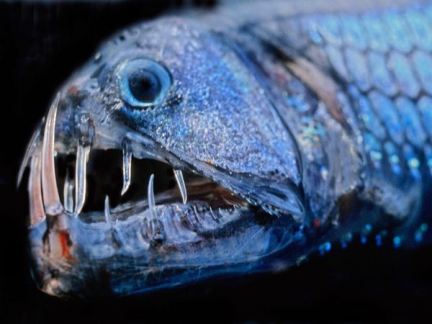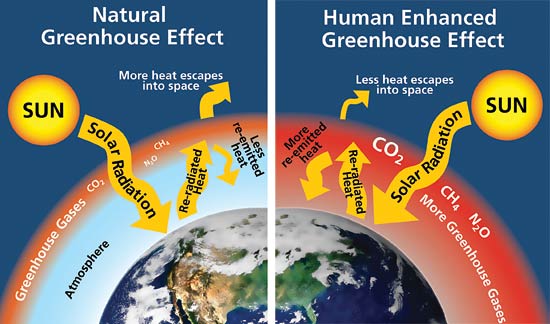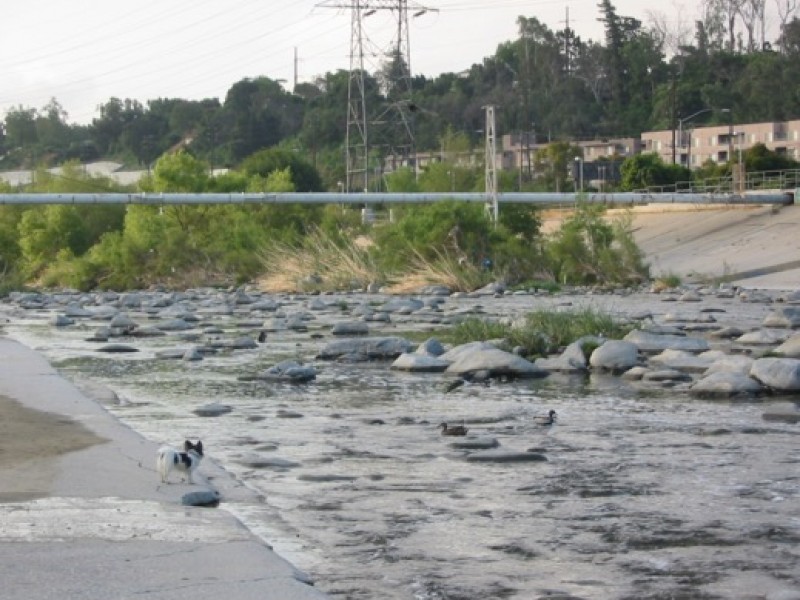By Madison Rae | UTS Staff Writer | SQ Online (2015-16)

It would be difficult to forget the disastrous weather we faced during Week 1 this Winter Quarter. El Niño hit us hard here at UCSD, and according to a research paper by Scripps Institute of Oceanography oceanographer, Dr. Lisa Levin, and her partner, French ecologist, Dr. Nadine Le Bris, worse is yet to come. Published on November 13, 2015, “The deep ocean under climate change” states that the effects of climate change can already be seen throughout our oceans, and are beginning to visibly affect the weather and, subsequently, terrestrial environments.
70-75% of the planet is covered in ocean, hosting some of the most diverse habitats on Earth – according to Drs. Levin and Le Bris, “more than 90% of [Earth’s] livable volume is in the deep ocean, below water depths of 200m.” Not only is this ecosystem full of an as-yet-unknown number of species, but the deep oceans also play an integral part in storing carbon dioxide (CO2) and regulating the planet’s temperature. This is the greenhouse effect: our atmosphere’s collection of gases (including CO2) traps some sunlight and thus warms the planet. This process is necessary for life to exist on Earth, but due to of the amount of fossil fuels being burned over the past few hundred years, more and more CO2 has been added to the atmosphere, and the atmosphere is retaining more heat than usual.
In addition to being trapped in the atmosphere, CO2 is also stored in the oceans, dissolved in the water until the amount of CO2 in the atmosphere starts to run low. But with too high of a concentration already in the atmosphere, even more is being dissolved in the oceans. When CO2 dissolves in water, certain chemical reactions occur and the carbon is stored as an acid. Too much CO2 in the water causes the oceans to become more acidic at a rate that’s too fast for the organisms living there to adapt, a condition known as ocean acidification. Many types of corals and organisms with calcium carbonate (CaCO3) based shells can’t grow properly in these conditions, wreaking havoc on the many organisms that live in and around coral reefs. The high CO2 levels also prevent ocean water from holding as much oxygen, which makes it more difficult for organisms to survive. Drs. Le Bris and Levin discuss how the “expansion of the world’s naturally occurring low oxygen zones…has led to habitat compression for intolerant [species of] fishes and habitat expansion of hypoxia-tolerant species such as the Humboldt squid.” These habitat expansions and reductions alter the balance of their ecosystems. The amount of oxygen present also “exerts tremendous control on marine biodiversity through effects in evolution, physiology, reproduction, behavior, and species interactions,” further upsetting the balance and forcing species to adapt to the new conditions or face serious population reduction and eventual extinction.

Between the atmosphere and the ocean, global temperature increase creates a positive feedback loop. As the greenhouse effect grows stronger, more CO2 is stored in the oceans and atmosphere, retaining greater amounts of heat and warming the planet more rapidly. Rising temperatures promote the release of more greenhouse gases. The rising temperature also changes how the oceans operate: the cycling of warm surface water and cool deep water is less pronounced, which prevents nutrients from reaching the surface, and prevents phytoplankton and other organic material from reaching the depths.
As a result of warming oceans, terrestrial environments face extreme weather. Storms starting out on the oceans, like El Niño or the typhoon that hit Japan in 2014, form over warm waters and rely on heat and humidity to gather strength. Warming oceans raise the risk of bigger, more intense storms. In juxtaposition, the state of California is in the middle of a massive drought, due to warmer temperatures preventing much needed snow melts and increasing evaporation. Scripps Institute of Oceanography (SIO) is currently conducting research on water quality and beach erosion along the coast, as rising sea levels threaten coastal ecosystems and communities in the coming future. They also have a citizen research project in progress for anyone who wants to get involved. Arctic ice is melting at a dangerous rate, and ocean currents shifting due to increased temperatures “may be sufficient to release many gigatons of frozen methane [another greenhouse gas] from the seafloor,” far too much to be oxidized by marine microbes.

How can we stop this? According to Drs. Levin and Le Bris, CO2 emissions need to be reduced immediately, and their effects will still be felt for some time. They suggest various plans, such as creating Marine Protected Areas that include deep ocean hotspots and ceasing offshore mining and drilling to prevent further stress on the environment. Most importantly, they call for the United Nations Framework Convention on Climate Change to recognize the problems facing the deep oceans and create legislature to begin solving the issues. In December, they adopted the Paris Agreement, a “comprehensive climate change agreement” that’s collaborating to enact change in global environmental practices. Here at UC San Diego, the Sustainability Resource Center developed a Climate Action Plan in 2008 that aims to reduce campus greenhouse gas emissions and waste as well as further student and national research into sustainability and eco-friendly practices. In recent years, UCSD has partnered with SIO on multiple research projects studying the effects of climate change along the California coast. Recognition of deep ocean climate change as a global issue, and implementation of action plans like the Sustainability Resource Center’s, or the Paris Agreement, are necessary to begin restoring the balance of CO2 in the ocean and atmosphere and beginning to repair the damage that’s been done.
[hr gap=”0″]
Sources:
- http://www.sciencemag.org/content/350/6262/766.full
- http://www.pmel.noaa.gov/co2/story/What+is+Ocean+Acidification%3F
- https://scripps.ucsd.edu/news/around-pier-deep-ocean-protections-may-help-mitigate-climate-change
- https://scripps.ucsd.edu/news/2750
- http://sustain.ucsd.edu/initiatives/climate.html
- http://ocean.nationalgeographic.com/ocean/photos/deep-sea-creatures/#/deep-sea03-wolffish-pair_18163_600x450.jpg
- https://greenfriendswoodlands.wordpress.com/understanding-global-warming/
- https://cdanews.com/2016/01/el-nino-brings-floods-mudslides-to-drought-stricken-southern-california/
